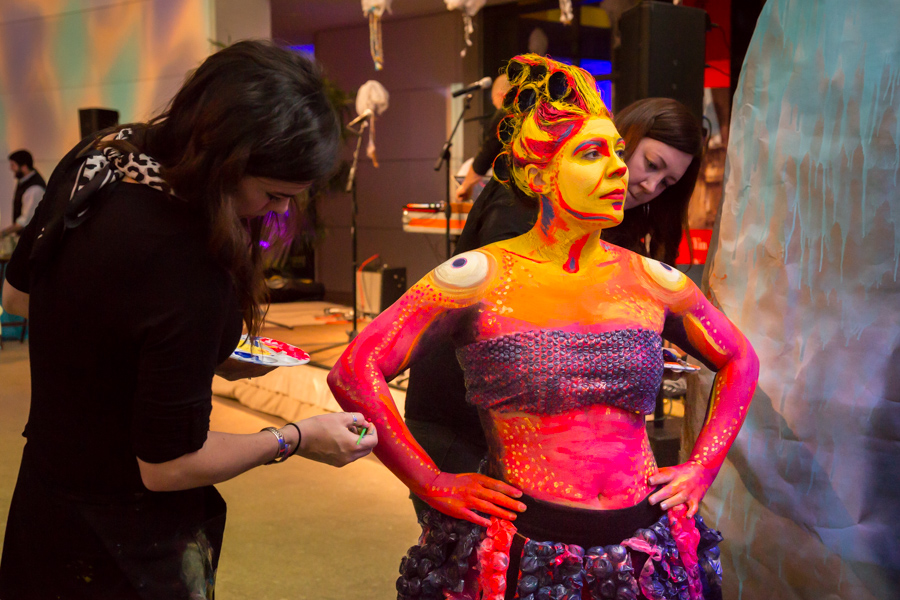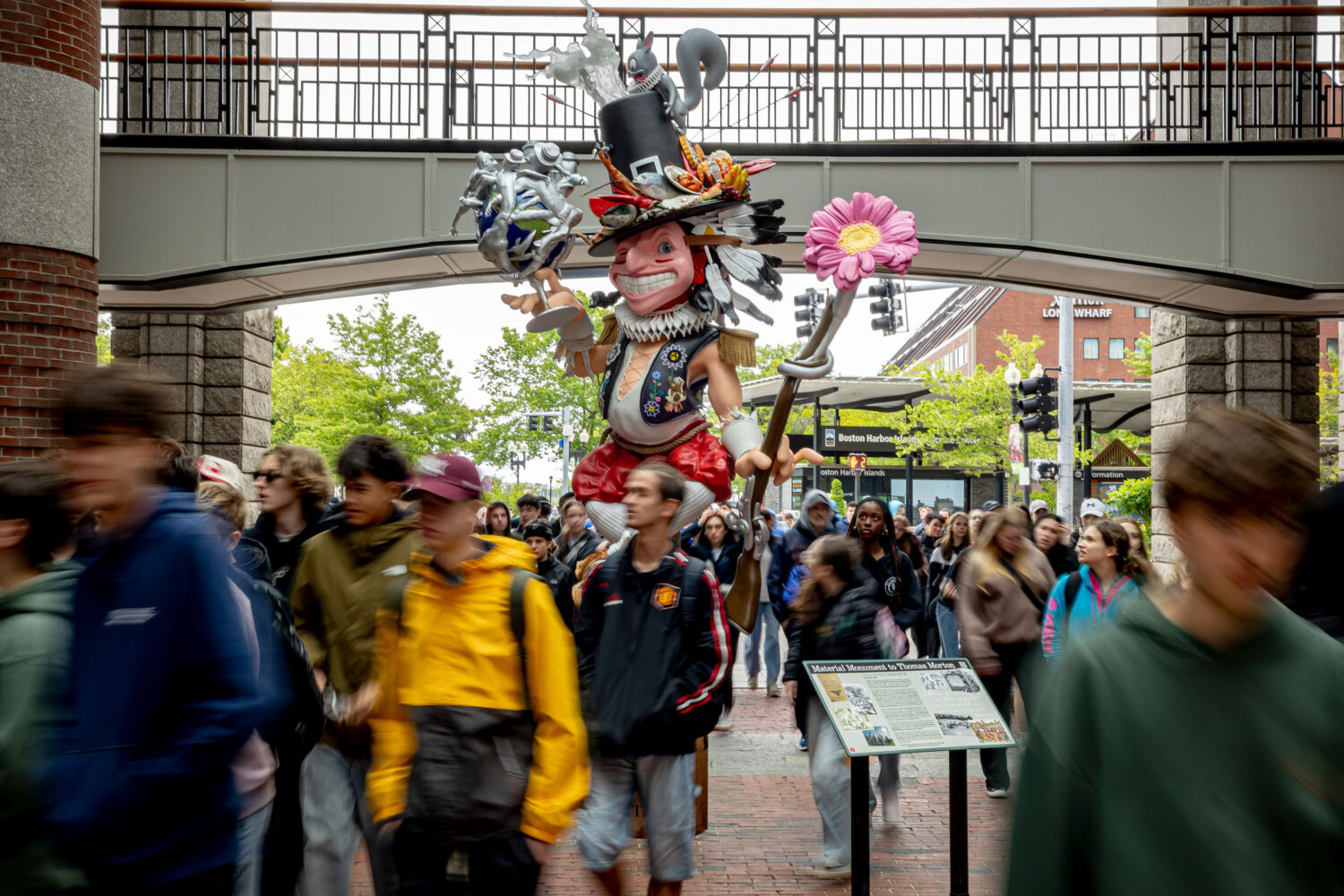At a time when museum attendance is declining around the country, the Peabody Essex Museum (PEM) is experimenting with new ways to engage and build its audiences—drawing on lessons from neuroscience to reshape its exhibits. “If one’s committed to creating more meaningful and impactful art experiences, it seems a good idea to have a better idea about how our brains work,” said Dan Monroe, the museum’s CEO, in a recent New York Times interview. “That was the original line of thinking that started us down this path.”
PEM began consulting with neuroscientists and applying research-based design strategies with its Native Fashion Now exhibit in 2014 and Asia in Amsterdam in 2015. Such exhibits (and several more since) have incorporated interactive experiences; multiple senses, including touch and smell; interpretive information in unusual, unexpected formats (like questions rather than answers for visitors); and spatial design that encourages lingering or provides a moment of rest. In 2016, Rodin: Transforming Sculpture incorporated dancers to illuminate the artist’s kinetic studio practice. A Childe Hassam show included an area with rocking chairs and sounds from the Isles of Shoals that evoked the artist’s milieu while providing visitors an invitation to pause, sit, rock, listen, and reflect.

Beyond experimentation with new exhibit techniques, PEM is investing time into gathering data and evaluating what works well, and what is less effective. Members of PEM’s education and curatorial teams spend hours observing visitors’ interactions with, and reactions to each exhibit. What is their path? Where do they linger? Do they talk to each other or to museum staff? This data, aggregated and analyzed, has already begun to inform the design of following exhibitions.
With support from a recent Barr grant, PEM will deepen its research into those areas of neuroscience that are directly applicable to cognition, engagement, and the design of art experience—then apply, evaluate, and disseminate what it learns. As part of this work, PEM is recruiting three neuroscientists to serve as its Neuroscience Advisory Group, which will inform and guide PEM’s leadership and design team. In addition, PEM is hiring a full-time research manager to help interpret relevant research for PEM staff, as well as share findings with the broader art museum field.
The National Endowment for the Arts notes that over the last 15 years, art museum attendance has declined 20%, with drops in every demographic and age group except those 75 or older. As attendance at most art museums falls, it is clear that the field needs new tools to engage changing audiences. If PEM’s experiments are successful, a stagnating museum industry stands to gain a new set of research-based, high-quality, transformative ways for audiences to engage with the arts. And we are pleased to support PEM’S continued exploration of how science can inform and enrich art, and its pushing of boundaries about what the museum visitor can experience.
Read more about PEM’s application of neuroscience in the following recent media coverage:
- “How to Get the Brain to Like Art” (The New York Times, March 11)
- “Peabody Essex Museum Launches Unique Neuroscience Project” (Boston magazine, March 14)




